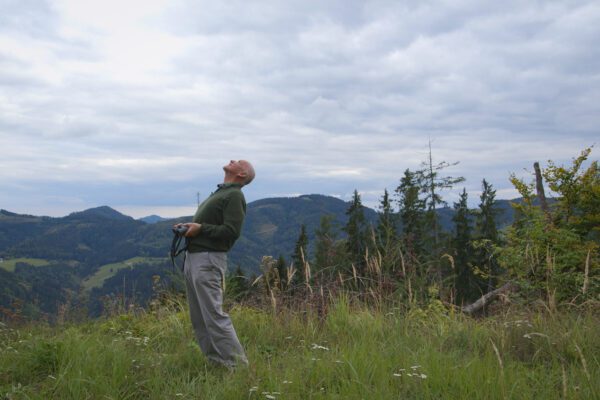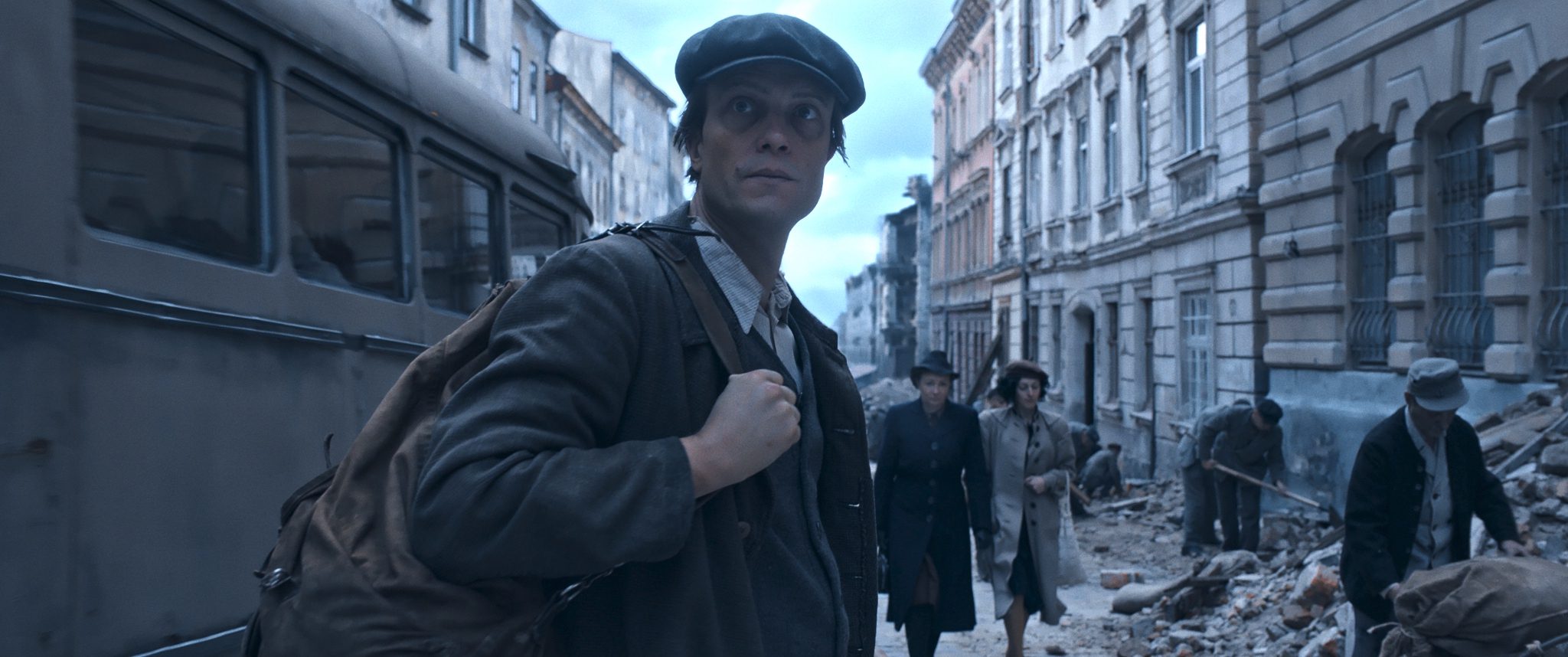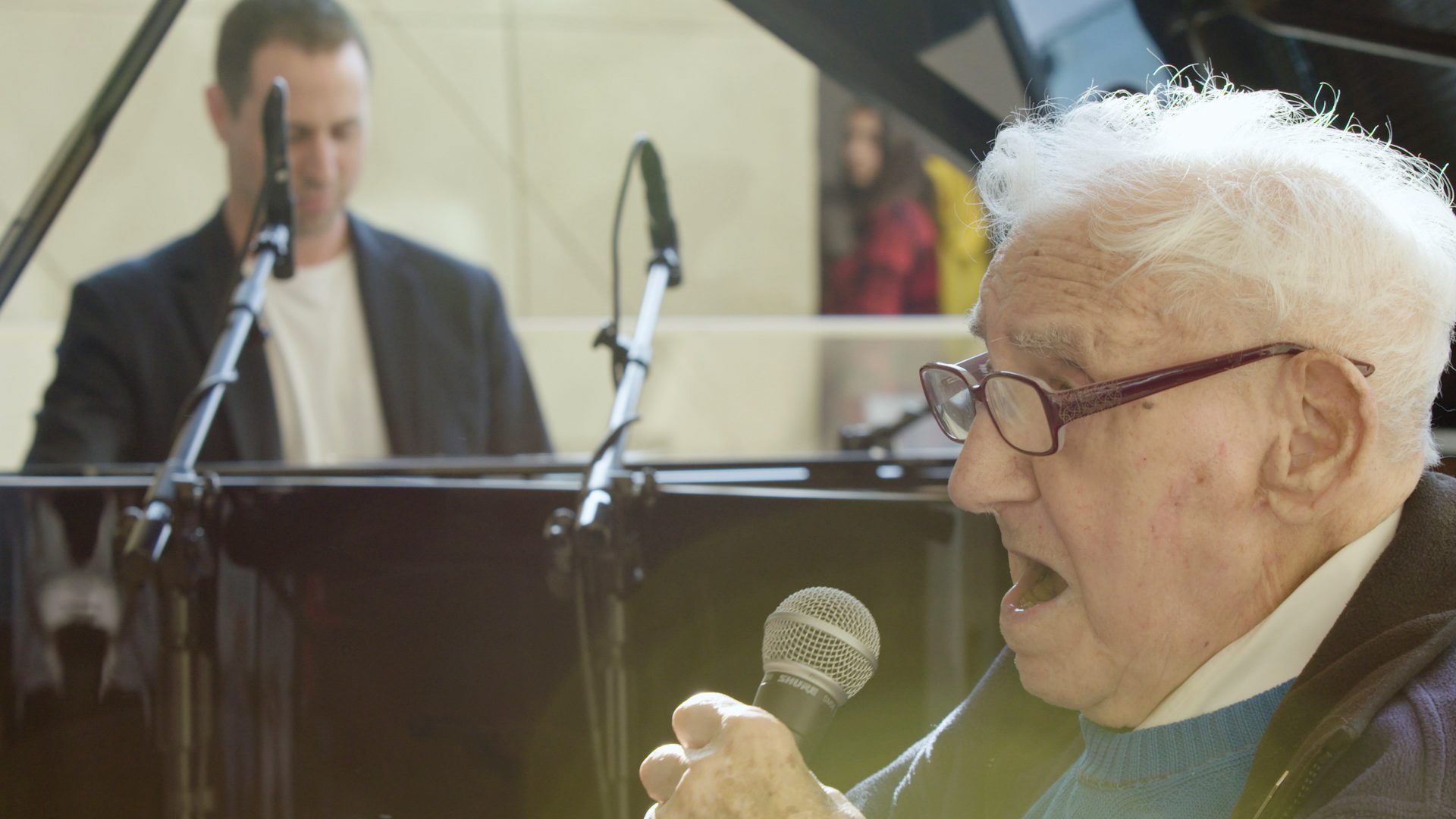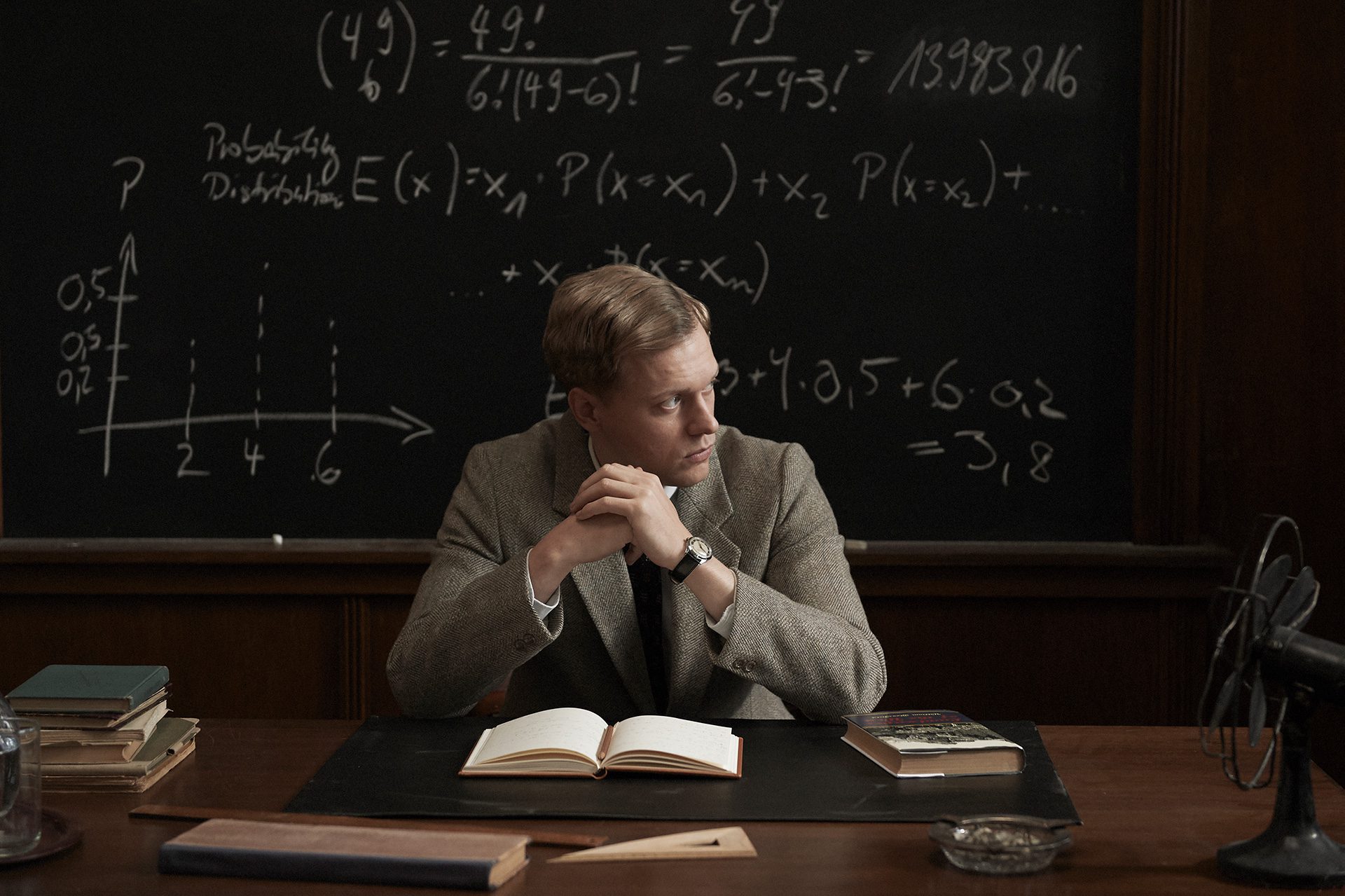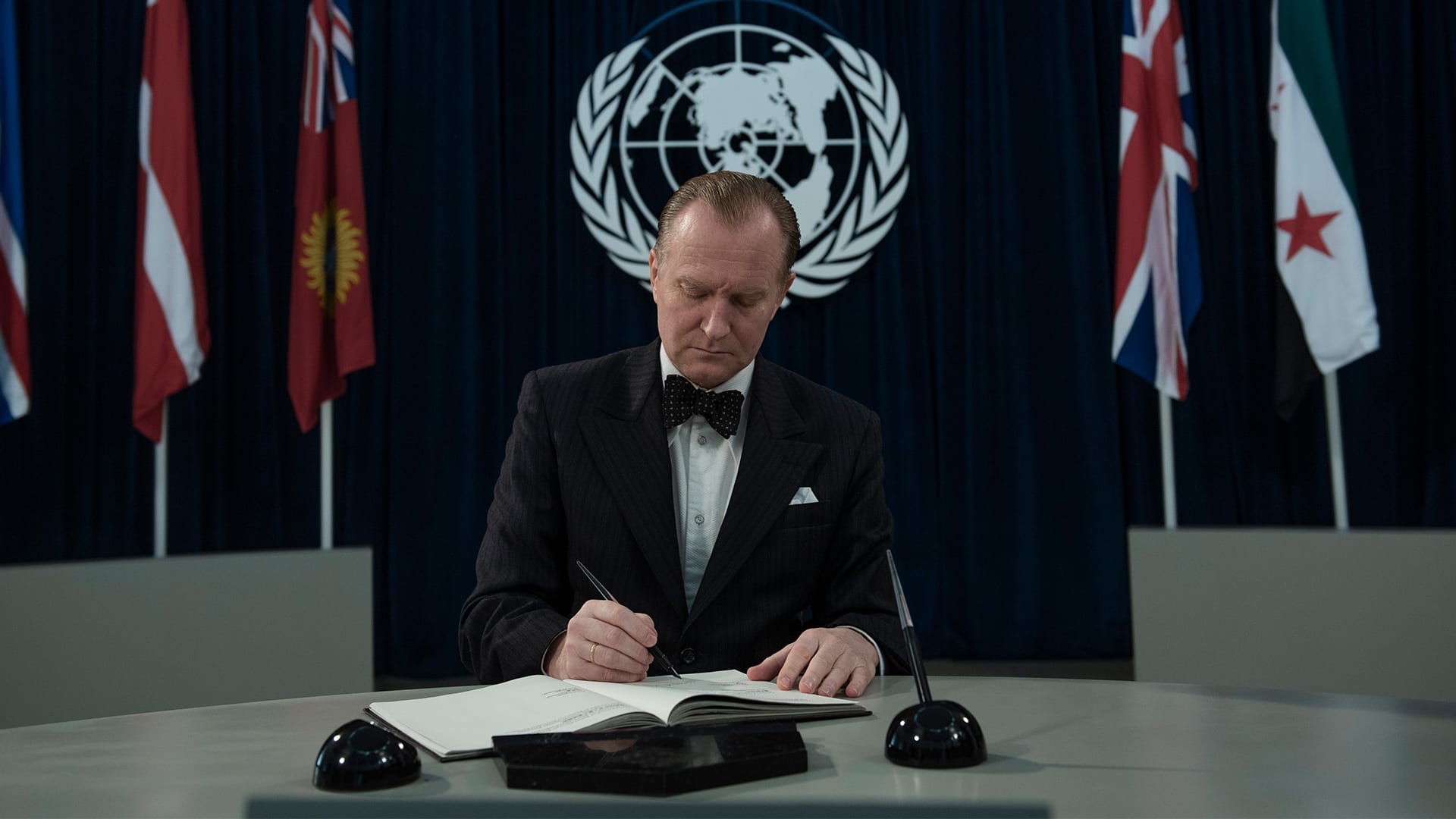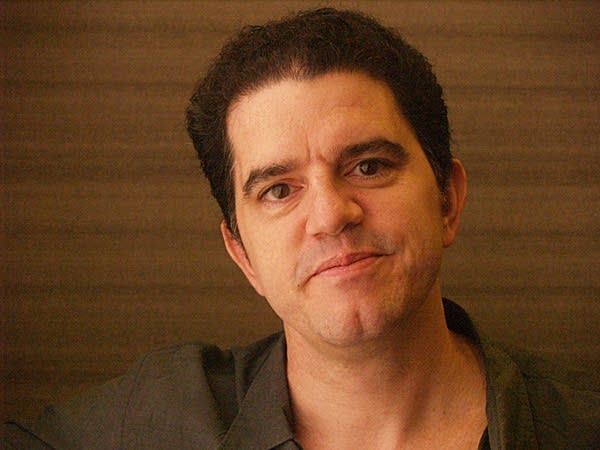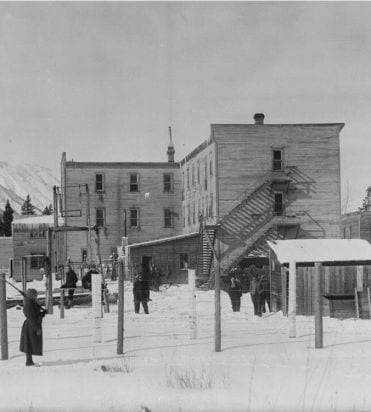
Irena’s Vow: The Promise of Life
Directed by Louise Archambault, Irena’s Vow tells the amazing true story of Irena Gut Opdyke (Sophie Nelisse), a strong-willed, 19-year-old Polish woman who is employed by the Nazis during WWII. Promoted to housekeeper in the home of a highly respected Nazi officer, Irena is advised by the other staff to remain ‘seen and not heard’…

